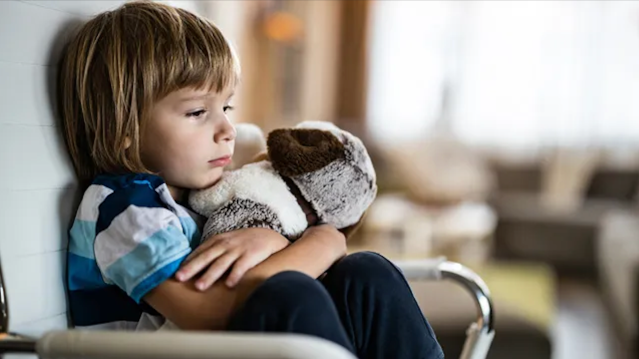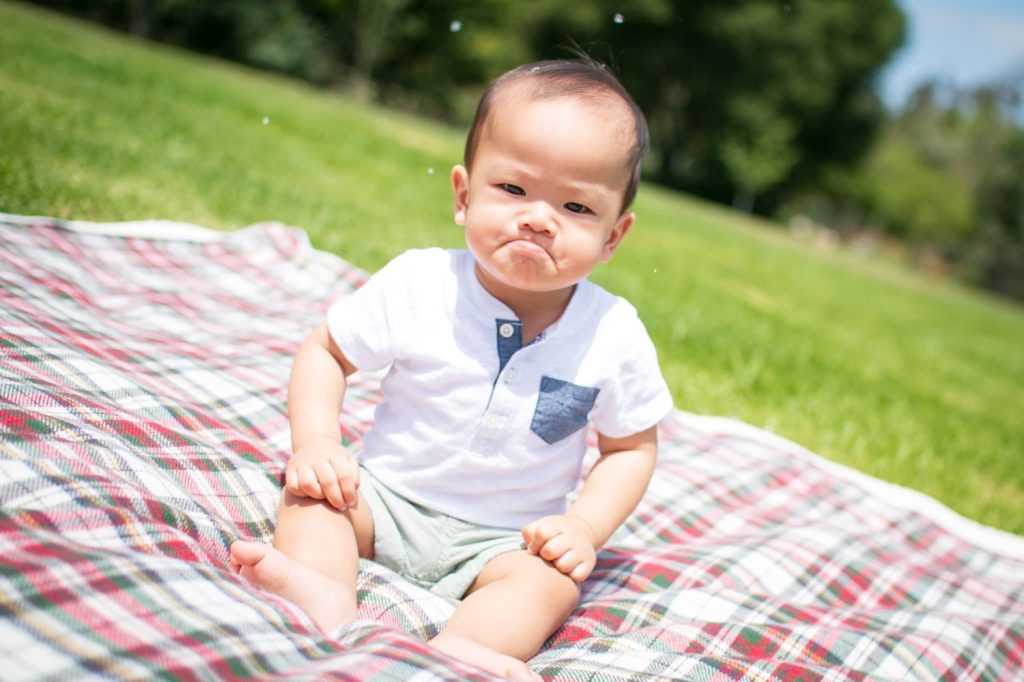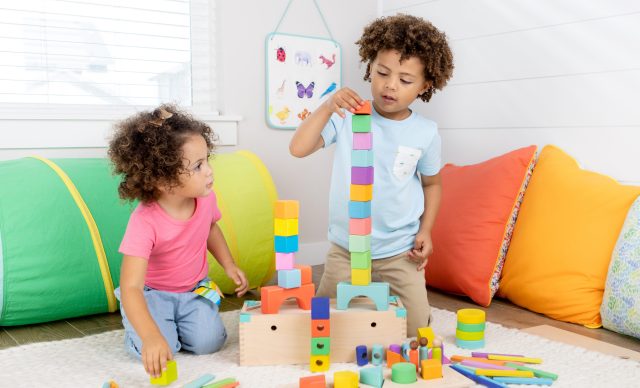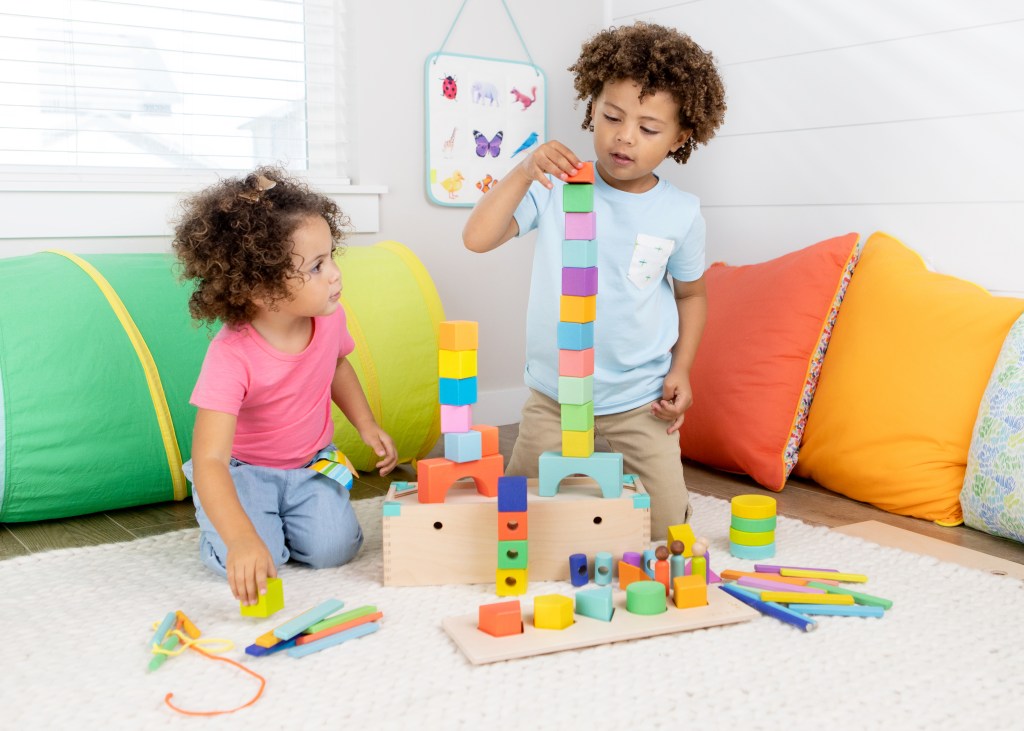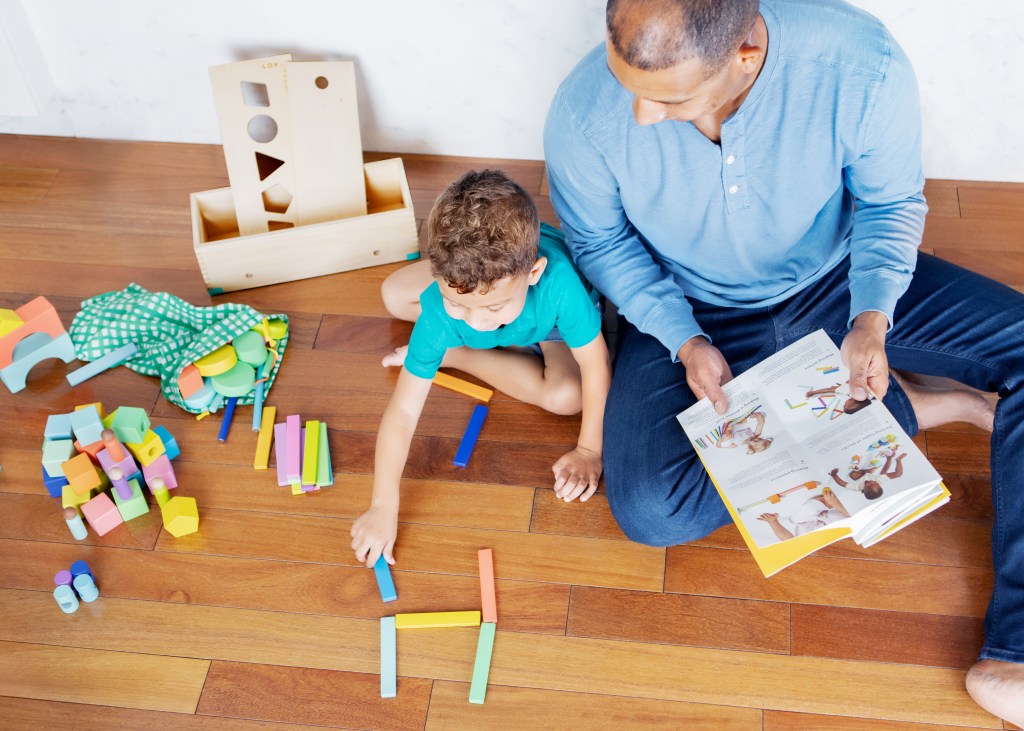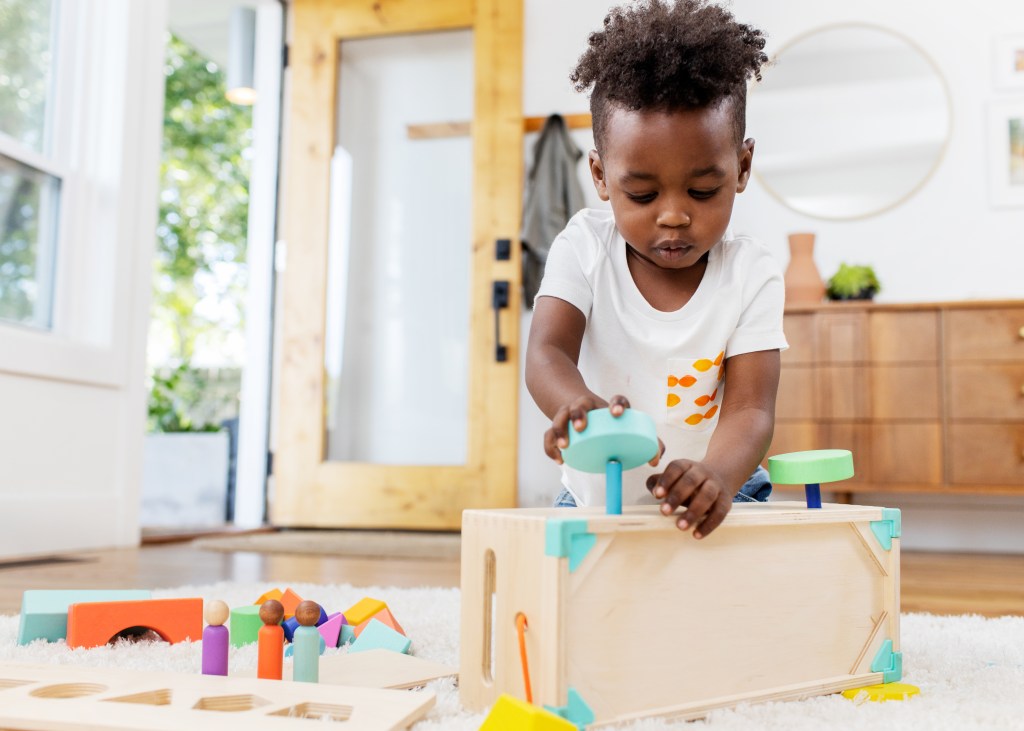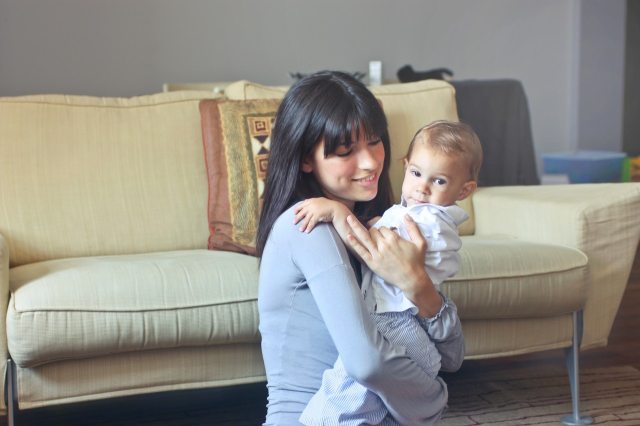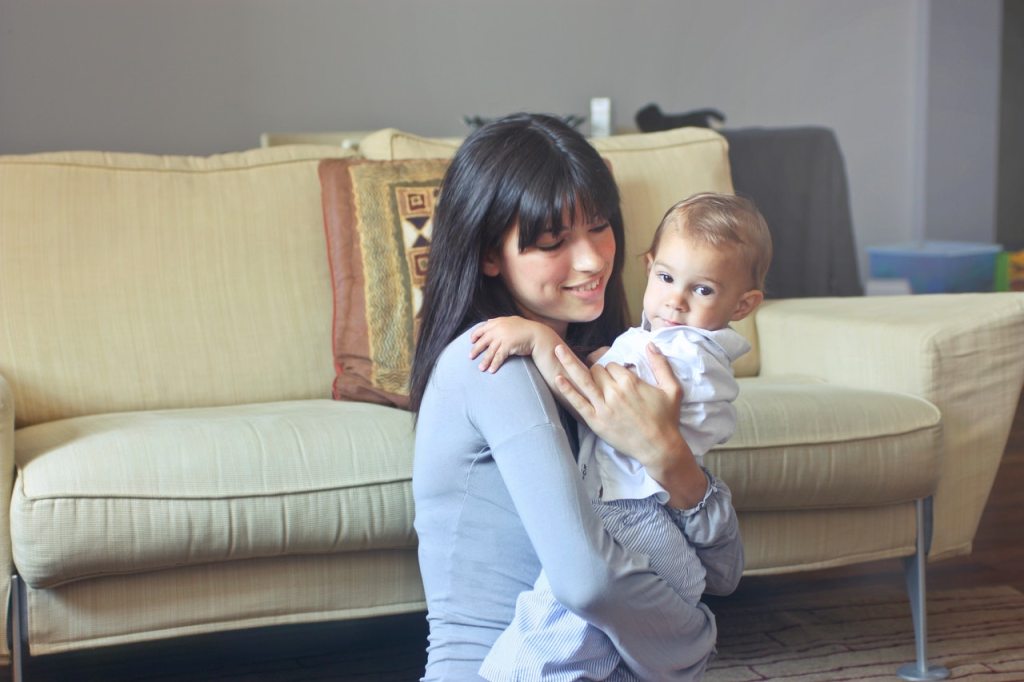
Before becoming a mom, I was simply an observer of moms. Mostly in a passive kind of way, not giving much critical thought to what it actually meant.
I am a daughter of a mom that made it look easy. And she was a daughter of a mom that made it look even easier. I traveled as a passenger with my mom in the “mom lane” for most of my life. Knowing how lucky I was to have her while also, as daughter’s do, pushing back against pretty much anything I could at times. Because she was my mom.
I wanted to be my own person. I wanted to experience the world through my own eyes. My mom encouraged that and loved me through it all—good times and bad. Even when my choices for how I experienced the world were different than those she would have liked, she was there. She listened, she cheered me on, and she reminded me that better days would come when all I could see were dark clouds. And little by little I became me, not just my mom’s daughter.
My path through life has always been full throttle. I had plans and goals and places I wanted to go to. Becoming a mom, for me, was something I always thought about in the future tense—even as I entered my 30s and the timeframe for becoming a mom was closing in. I couldn’t imagine not being a mom, but that feeling of urgency was never something I experienced.
Then I got breast cancer and any thoughts of becoming a mom were sidelined (at best) or (at worst) possibly taken out of the game.
But then it happened. Eli entered the world. And suddenly after 40 years of being just an observer of moms, I became one myself. Then a short while later, Leo made our little family complete. I was no longer a passenger in the mom lane, I was the driver.
I’m a mom.
Becoming a mom for me was overwhelming, to say the least. In ways I never expected. Suddenly, simply by virtue of having a child exit your body, you have something in common with everyone in the world that has experienced childbirth. People, that otherwise, you have zero in common with.
And the advice about sleeping regimens and developmental timeframes for when your baby should rollover started feeling like the loudest voices I’d ever heard. Unlike any other time in my life, I struggled to filter it out and carve my path through it all.
It’s taken me years to find my stride. And, if I’m honest, finding it has been nothing short of an uphill battle for me. Prior to being a mom, I always felt confident about my choices and centered about who I was. But something about having full responsibility for keeping another human alive combined with the never-ending input from the world about how to do that uncovered an insecurity in me that I never knew was there.
But somewhere between feeling bad about putting them to bed without an undershirt on and realizing that it’s ok to have cupcakes for dinner, I found my stride. I started to gain confidence in my own way of doing things. I started to accept that my version on mom-ing is far different than the vision I previously held and it’s for sure different than the world’s view that stifled me in the early days.
I realized that being a mom, in my way, is about moving through life with these little humans and making sense of it all. It’s about knowing that, for this short window in their life, no one knows them better than me or loves them more than I do. And because I have been loved by a mom who was also loved by a mom in exactly that way, I know they will be just fine.
You see, I’m not just a mom. I’m their mom. And that’s the only type of mom I need to be.







